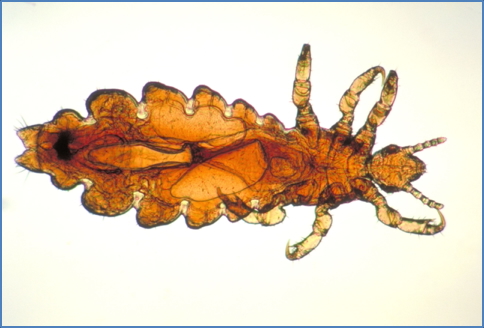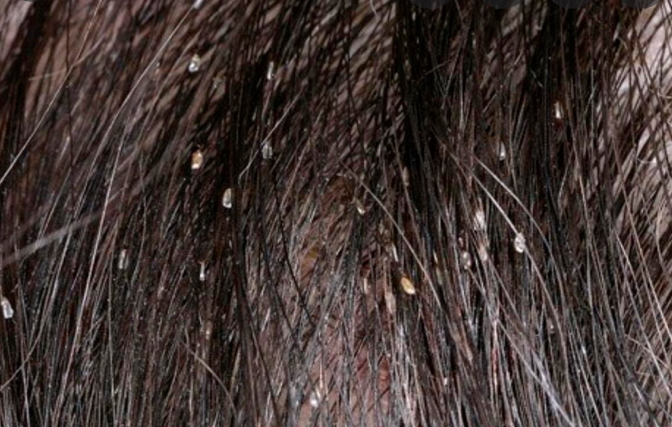Table of Contents
Overview – Lice (Pediculosis)
Lice (Pediculosis) refers to infestation by parasitic insects that live on the human body and feed on blood. It includes three clinically relevant types: head lice, body lice, and pubic lice. While the condition is not life-threatening, it causes significant discomfort and can be socially distressing. It is especially common among school-aged children and in overcrowded or disadvantaged populations. Accurate diagnosis and thorough treatment, including contact tracing and hygiene measures, are essential to prevent reinfestation.
Definition
Pediculosis is an infestation of the skin or hair by lice – blood-feeding ectoparasites that live on humans. It includes three species:
- Pediculus humanus capitis (head lice)
- Pediculus humanus corporis (body lice)
- Phthirus pubis (pubic lice or “crabs”)
Types and Epidemiology
1. Head Lice (Pediculus humanus capitis)
- Most common type, especially in primary school children
- High prevalence in tropical regions and Aboriginal children
2. Body Lice (Pediculus humanus corporis)
- Live in clothing seams
- Move to skin only to feed
- Associated with poor hygiene and overcrowding
3. Pubic Lice (Phthirus pubis)
- Usually sexually transmitted
- Infest pubic hair, but may affect trunk, legs, axillae, and beard
- Rarely found on the scalp
Lifecycle
- Eggs (nits) laid on hair shafts
- Hatch into larvae, which mature into blood-sucking adults
- Adults remain in hair close to the scalp or skin
Transmission
- Primarily through head-to-head contact
- Pubic lice via sexual contact
- Body lice via shared clothing or bedding
Clinical Features
- Itching, particularly of the scalp and nape of the neck
- Visible nits attached to hair shafts
- Secondary excoriations from scratching
- Pubic lice may cause irritation and visible lice in body hair


2.https://www.pcds.org.uk/clinical-guidance/pediculosis
Diagnosis
Conditioner and Comb Technique
- Most practical, cost-effective, and sensitive method
- Conditioner stuns lice by blocking their respiratory spiracles, immobilising them
- A fine-tooth lice comb is run through the hair, and combings are wiped on white tissue paper to detect live lice or nits
Management
First-Line Treatment
- Conditioner and nit comb for physical removal
- Topical insecticidal creams (permethrin, malathion)
- Haircut may help reduce infestation load
Environmental Measures
- Wash clothing, pillows, hats, and bedding in hot water
- Ensure treatment of all body hair in cases of pubic lice
- Treat all close contacts simultaneously
Reasons for Treatment Failure
- Inadequate application
- Lice resistance to insecticides
- Failure to retreat and kill hatched nymphs
- Reinfection due to untreated contacts
Summary – Lice (Pediculosis)
Lice (Pediculosis) includes infestation with head, body, or pubic lice, with head lice being especially common among school-aged children. Transmission occurs mainly through close contact, and diagnosis is best made using the conditioner and comb method. Successful treatment requires both direct eradication of lice and environmental control. For a broader context, see our Microbiology & Public Health Overview page.